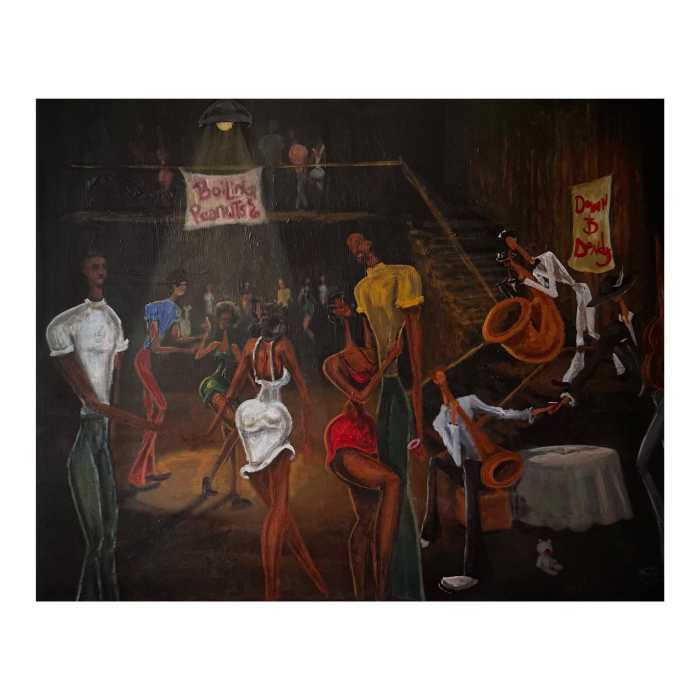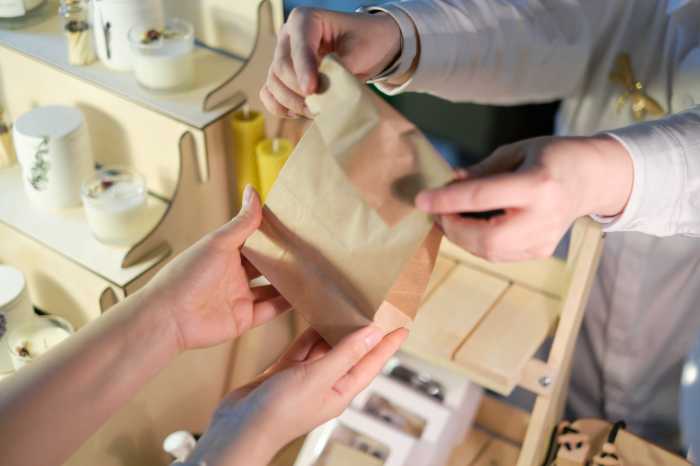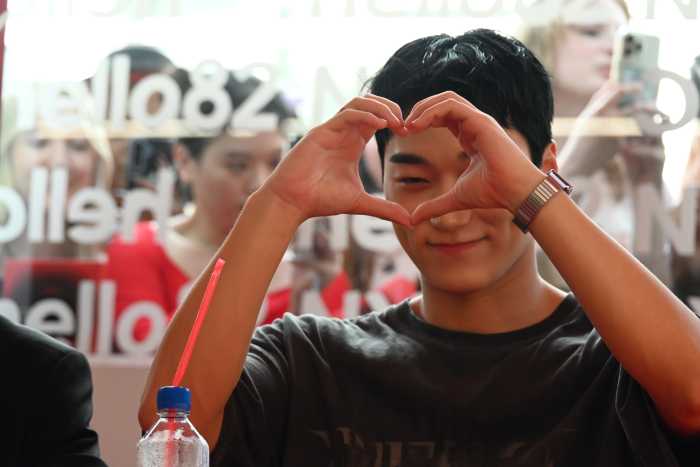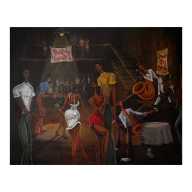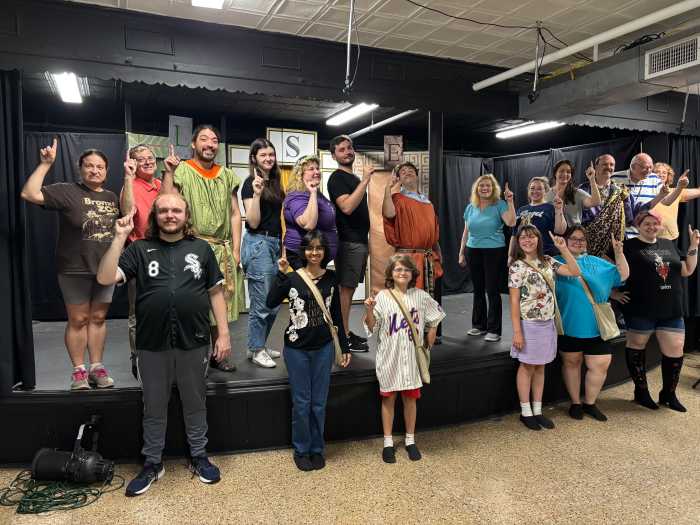Forty years later, Bay Ridge is still stayin’ alive.
The neighborhood remains imbued with the spirit of “Saturday Night Fever,” the film that jet-fueled the waning fad of disco and showcased the cravings of some “bridge and tunnel” Brooklynites to shed their blue-collar origins in favor of Manhattan’s fickle glitter.
“We still look at ‘Saturday Night Fever’ as symbolic of Bay Ridge,” said Ted General, a trustee of the Bay Ridge Historical Society and a local journalist. While the Verrazano-Narrows Bridge still looms over and defines the neighborhood, locations such as the 2001 Odyssey disco and the White Castle have vanished. The hardware store and nearby Lenny’s Pizza remain.
“Fever” fans flock to Lenny’s from all over the world to order two slices they stack together and devour while strutting down 86th Street, the pulsing main artery of Bay Ridge.
“They want it at the window — just like John Travolta,” who played Tony Manero in the film, said Josephine Giordano, one of Lenny’s owners. (Giordano has seen the movie “more times than I’ve seen my own mom,” but notes that Lenny’s is actually over the border in Bensonhurst.)
The movie, which took 52 days to shoot, proved an education in New York working-class life for British-born director John Badham, who approached the project as a documentarian.
Thousands of people — primarily adolescent girls — mobbed the set to peep at Travolta, who was on a roll after debuting as hunk Vinnie Barbarino in television’s “Welcome Back, Kotter.”
“We couldn’t pan left or right,” because so many gawking, swooning girls surrounded the set, Badham recalled.
Many locals wound up in the movie, and some who weren’t cast got paid, too. “This big old Cadillac with huge fins shows up one day in front of the disco and these really big guys get out” and asked for the production manager, Badham recounted. The visitors let it be known they could guarantee “security” for $3,500. “I said, ‘That’s nothing!’” and OK’d the payment, he said. “They knew exactly how much to ask for,” Badham said.
When the movie came out in 1977, Bay Ridge was primarily Italian and Irish with a sprinkling of Syrian and Lebanese Christians, recalled General. The community numbering more than 84,000 has since diversified, with more Asians and Muslims now living in the neighborhood. Bay Ridge has 11 times the percentage of residents claiming Arab ancestry (12.7 percent) than the city as a whole and more than five times the percentage of people with Greek ancestry (5.8 percent), according to American Community Survey reports crunched from 2010 census data.
But Bay Ridge “was parochial then and it is parochial now,” with the Ragamuffin Parade for children occurring every autumn, and the R train (then the RR) still a critical, if pokey, link to Manhattan, noted General.
Despite increasing diversity, Bay Ridge is still home to more than twice the percentage of residents claiming Italian heritage (14.4 percent) and Irish heritage (11.4 percent) than in the city at large, according to the community survey. Property values have also soared, with increasing conflicts over development, General noted.
Donna Pescow — who played Annette in the movie — remembers the area in less gentrified days. The jacket she was to wear in the film “was on the wardrobe truck and someone stole it. They had to find another one,” recalled Pescow, who grew up in Sheepshead Bay.
Filming the movie in Bay Ridge, she reminisced, “was a movie in itself.” Pescow, 22 at the time of the shoot, recalled being terrified while in a trailer with Travolta as his young fans rocked it back and forth. They wanted the blue-eyed heartthrob “to come out and sign autographs. . . . We were in a rocking boat. . . . It was pretty scary,” Pescow said.
Many of the dancers in the disco scenes lived in Bay Ridge. Among them was Denise Rusinak, the daughter of Charles Rusinak, the owner of 2001 Odyssey. The Bensonhurst dance club, where Travolta boogied with Karen Lynn Gorney (Stephanie) is closed, but Rusinak, the owner of two Brooklyn Dance Centers, one in Bay Ridge and one in Bensonhurst, carries a torch for the area’s dance history.
While Bay Ridge abounds with new restaurants, lounges and bars, “there really aren’t dance clubs here anymore,” said Rusinak, who noted her father sold 2001 Odyssey 28 years ago. (It closed for good 10 years after that.) The clients in her studios now are mostly kids, and the emphasis is on ballroom, competition and performance. With the exception of bachata and salsa dancing which are still popular in the Latino community, there is little of the joyous “Saturday Night Fever” spirit of dressing up to dance on Saturday night, Rusinak lamented.
Rusinak lauded “Fever” for capturing a feeling of Brooklyn inferiority in the 1970s that is now extinct.
“Everyone aspired to be in Manhattan back then. Manhattan was on a pedestal and we felt lowly compared to [Manhattanites],” Rusinak said. “I always felt Brooklyn’s day was yet to come. … I’m really happy Brooklyn is finally what it is today,” she said.
But Javier Dutan, 24, who lives with family in Bay Ridge and owns his own restaurant software business, Sabor POS, said the interminable commute into the city on the R train has left him, just like Tony Manero, yearning for “the city.” Sure, Bay Ridge is family friendly, but the commute is terrible and its night life is tepid compared to, say, the Meatpacking District, Dutan lamented.
“Why would you go to a bar here when there are 50 in Manhattan?” he asked.



